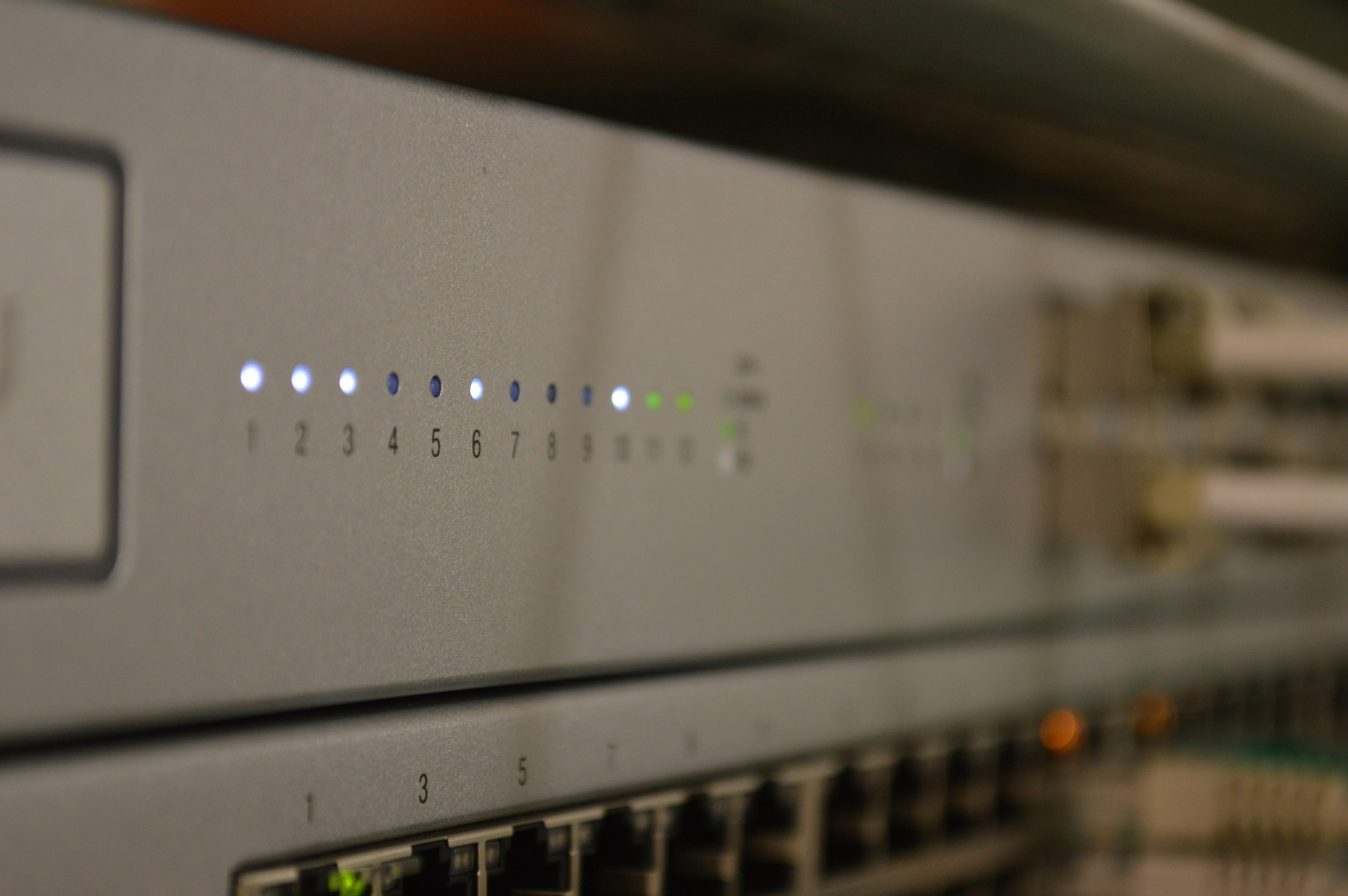
The Transmission Control Protocol (TCP) and the User Datagram Protocol (UDP) are two cornerstone protocols that govern data transmission over the internet.
Both protocols play a vital role in the networking domain, facilitating communication between devices and ensuring that data is transmitted effectively.
However, they differ significantly in their methodologies, characteristics, and use cases.
TCP is a connection-oriented protocol, meaning it establishes a connection between the sender and receiver before data is transmitted.
This process involves a handshake mechanism that ensures a reliable data transfer.
TCP guarantees the delivery of packets in the exact order they were sent, which is critical for applications where data integrity is paramount.
As a result, it is commonly utilized in scenarios that require high reliability, such as file transfers, web browsing, and email communication.
The capacity to detect errors and retransmit lost packets further enhances TCP’s reliability, making it the preferred choice for applications where data loss is unacceptable.
Conversely, UDP is a connectionless protocol that emphasizes speed over reliability.
Unlike TCP, UDP does not establish a connection prior to data transmission and does not guarantee the order of packet delivery.
This lack of overhead allows for faster data transmission rates, which is beneficial in applications where time-sensitive information is crucial.
Use cases for UDP include online gaming, video streaming, and Voice over Internet Protocol (VoIP) services, where speed is prioritized over reliability.
Although UDP offers no inherent mechanisms for error correction or packet retransmission, applications often implement their own methods for managing these concerns.
In summary, understanding the fundamental differences between TCP and UDP is essential for grasping how data is transmitted across networks.
Each protocol serves distinct purposes tailored to different types of applications, thereby shaping the way we interact with digital content today.

Videos are added as random thoughts 💭 💭…
Recent Updates in TCP Protocols
The Transmission Control Protocol (TCP) continues to undergo significant enhancements aimed at improving its performance, security, and efficiency.
Recent developments outline a commitment to adapting TCP for modern networking environments.
One of the notable advancements is the introduction of various Requests for Comments (RFCs) that focus on improving congestion control mechanisms.
By implementing algorithms such as BBR (Bottleneck Bandwidth and Round-trip propagation time),
TCP connections can optimize bandwidth usage and reduce latency,
enhancing user experiences across a variety of applications.
Moreover, TCP Fast Open (TFO) is another pivotal advancement that reduces the latency for establishing connections.
By allowing data to be sent during the initial connection handshake, TFO significantly speeds up the data transfer process,
making it particularly useful for web applications where quick loading times are essential.
This improvement has been welcomed by developers seeking to optimize their services for end-users, leading to quicker response times when initiating connections.
Furthermore, enhancements in retransmission strategies provide TCP with increased robustness, particularly in high-speed, lossy networks.
The dynamic adaptation of retransmission timeouts aligns with the varying network conditions,
enabling TCP to minimize the time lost due to packet losses.
Recent improvements also address security concerns, with an emphasis on protecting against vulnerabilities like
TCP spoofing and enhancing privacy through modern cryptographic techniques.
Real-world use cases illustrate the tangible benefits of these updates.
For instance, cloud services have reported enhanced reliability and speed, while streaming platforms appreciate the reductions in buffering times.
As TCP evolves through these updates, its role as a fundamental component of the internet infrastructure remains critical, underpinning various applications with improved functionality and efficiency.
Recent Updates in UDP Protocols
User Datagram Protocol (UDP) has seen significant advancements recently,
particularly in real-time applications such as Voice over Internet Protocol (VoIP), video streaming, and online gaming.
These developments aim to enhance the performance and reliability of UDP communications, which have traditionally prioritized speed over reliability.
One notable improvement is the introduction of Multipath UDP (MPTCP), which allows data to be sent simultaneously across multiple paths in the network.
This enhances bandwidth utilization and reduces latency, a critical factor for applications requiring real-time processing.
Moreover, the integration of techniques to improve reliability and quality of service in UDP communications is noteworthy.
For instance, forward error correction (FEC) techniques are being employed to recover lost data packets,
thereby ensuring smoother playback of streaming content and higher quality in VoIP calls.
This careful balance between maintaining the low latency characteristic inherent to UDP and enhancing its reliability showcases the evolving landscape of this protocol.
Industry adoption of these advancements is gaining momentum, with a growing number of developers and network administrators implementing updates to leverage the benefits of enhanced UDP performance.
For instance, many online gaming platforms are now deploying MPTCP to enhance the user experience by minimizing lag and ensuring a more stable connection.
In the video streaming domain, employing advanced FEC techniques has proved beneficial for service providers aiming to deliver high-quality streams even in adverse network conditions.
As UDP continues to evolve and adapt to the demands of modern applications, the implications for developers and network administrators are substantial.
The enhanced capabilities provided by new UDP technologies facilitate the development of more responsive and reliable applications.
It is clear that the latest updates in UDP protocols are set to play a pivotal role in shaping the future of real-time communication and multimedia applications.
Future Trends and Considerations for TCP and UDP
The evolution of networking protocols, specifically TCP (Transmission Control Protocol) and UDP (User Datagram Protocol), has always been paralleled by advancements in technology.
As we look ahead, the emergence of innovations such as 5G, the Internet of Things (IoT), and edge computing presents significant implications for these core protocols.
The integration of 5G technology, characterized by ultra-low latency and high-speed data transfer, necessitates a reevaluation of existing TCP and UDP implementations.
With IoT devices proliferating, estimated to number in the billions, both protocols will need to adapt to accommodate increased traffic and varied usage patterns.
One of the primary trends is the optimization of TCP and UDP for specific applications.
For instance, while TCP’s reliable data transfer is advantageous for applications such as file transfers and web browsing, its overhead can be a limitation for time-sensitive applications, such as live video streaming and gaming.
Conversely, UDP’s speed is beneficial for such applications, but it lacks the same level of reliability.
Consequently, hybrid protocols that leverage the strengths of both TCP and UDP might emerge, providing a tailored approach to different networking scenarios.
Security considerations will also play a vital role in shaping the future of TCP and UDP.
As cyber threats continue to evolve, ensuring the robustness of these protocols against attacks will be paramount.
Implementing advanced encryption methods and adopting measures to mitigate common vulnerabilities will be essential for safeguarding communications.
Practitioners need to stay abreast of developments in security protocols to protect sensitive data effectively.
Staying updated on these trends requires an active engagement with industry forums, academic research, and attending relevant conferences.
Networking professionals should invest time in continuous learning and in understanding how emerging technologies interact with traditional protocols.
By doing so, they can effectively prepare for the dynamic landscape of networking and ensure that their strategies remain relevant amidst ongoing technological advancements.
